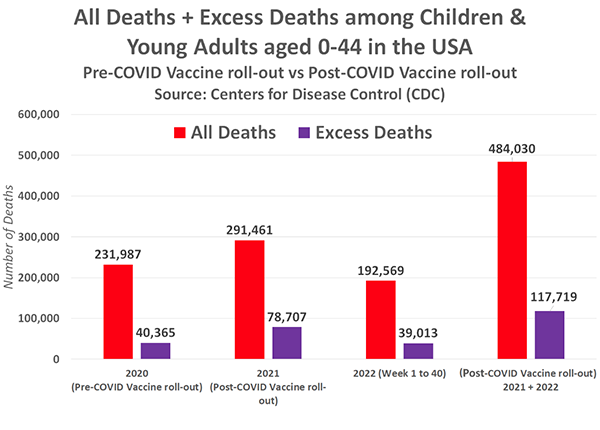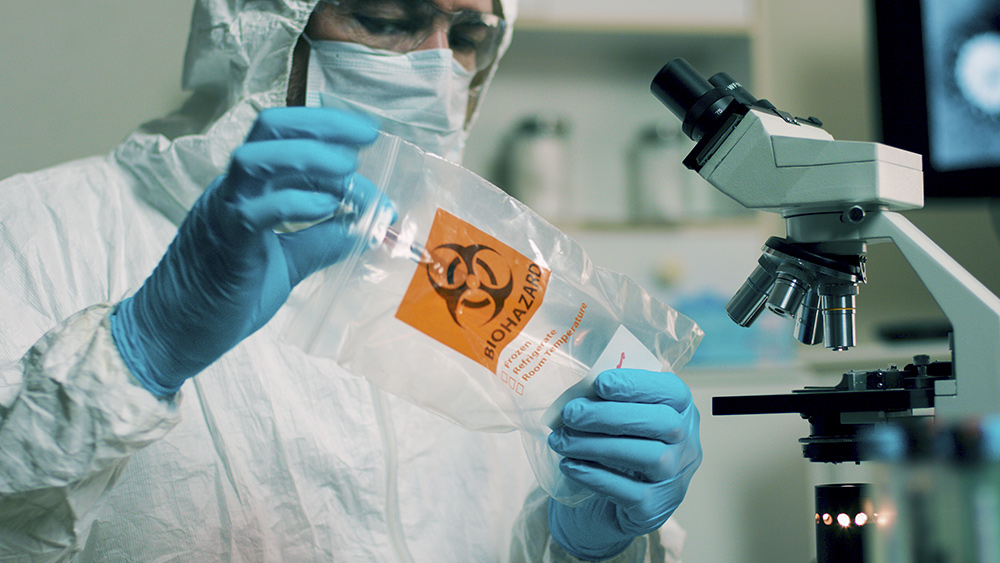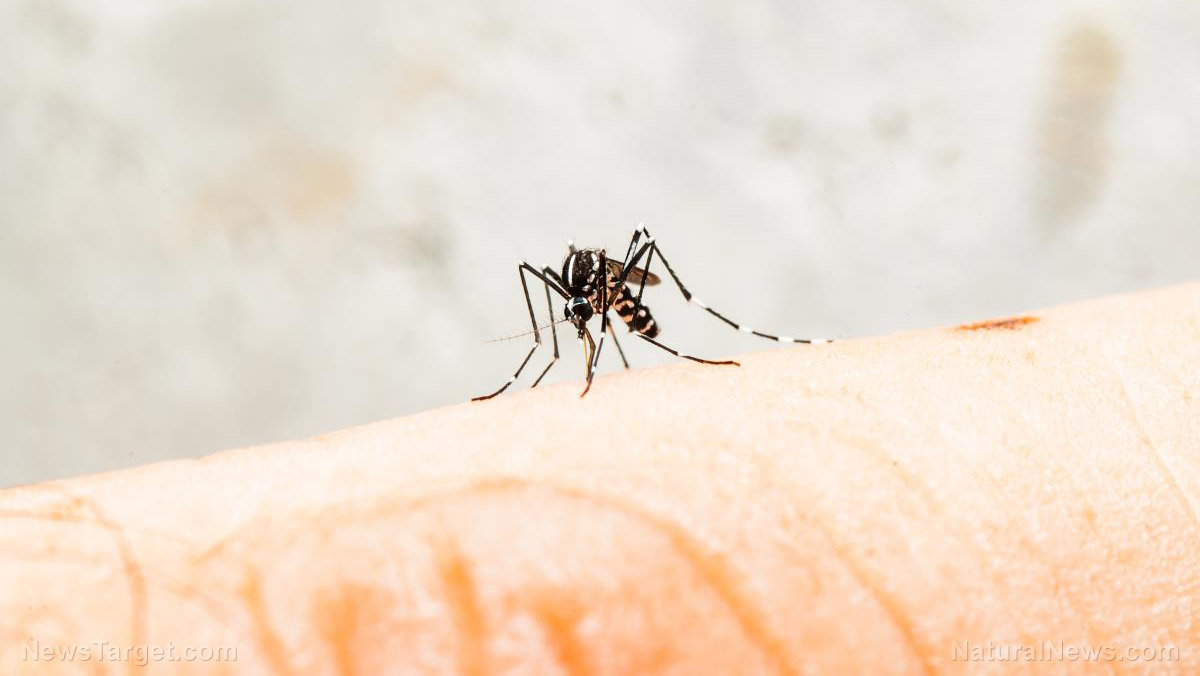CDC data: EG.5 is now the primary COVID-19 variant in America
08/15/2023 / By Zoey Sky

Data from the Centers for Disease Control and Prevention (CDC) has revealed that EG.5 is now the primary Wuhan coronavirus (COVID-19) variant in the United States.
As of Aug. 8, EG.5 has surpassed the previous variant XBB.1.16 and makes up an estimated 17.3 percent of cases – which has increased from around 12 percent of cases in July, and from about 1.1 percent by the end of May.
XBB.1.16 is now the second most prevalent strain and accounts for at least 15.6 percent of cases in America.
What is the EG.5 variant?
The EG.5 variant is part of the omicron family and originates from the XBB.1.9.2 lineage with an added mutation. (Related: Indonesian scientists claim to have discovered the MOST MUTATED COVID-19 variant.)
As of writing, researchers say EG.5 doesn’t seem to be causing more severe illness than other strains.
Symptoms of EG.5 are similar to those of previous COVID-19 strains and that of the common cold, such as congestion, cough, fever, runny nose and a sore throat.
According to some reports, EG.5 is more often linked to common symptoms like a dry cough, a runny nose and sneezing.
Despite the milder symptoms, differentiating an EG.5 infection from other respiratory illnesses like a common cold or the flu can be harder because of seasonal fluctuations and limited testing. However, similar symptoms suggest that the response and treatment strategies should correspond with those used for earlier COVID-19 strains.
EG.5 is growing in prevalence globally, with China and the U.K. among those reporting infections of the variant.
Christina Pagel, professor of operational research at University College London, explained that even though EG.5 was growing in prevalence and seemed to be better at evading the immune system, there was no proof that it causes more severe diseases.
Pagel thinks that even if EG.5 causes a wave of more cases and all the problems it causes, such as more hospitalizations and long COVID, there is no reason to think the variant will be worse than previous waves in 2023.
She added that waning immunity, whether from vaccinations or previous infections may mean that the wave of EG.5 took longer to peak and hence could be larger.
EG.5 shows early signals of growth advantage compared to other variants
According to the World Health Organization (WHO), EG.5 was first detected in February. While it has unofficially been nicknamed “Eris,” the WHO hasn’t officially adopted the name.
In July, the WHO labeled EG.5 as a “variant under monitoring,” noting its presence in 45 countries and its skyrocketing spread in several countries. The labeling means EG.5 shows early signals of growth advantage compared to other COVID-19 variants, but more assessment is required.
The Biden administration officially ended America’s COVID-19 public health emergency in May. Because of this, the CDC and many states no longer track national COVID-19 case rates.
However, COVID-19 hospital admissions in the U.S. have increased slightly since early July. For the week ending July 29, data showed that COVID-19 hospital admissions were at 9,056, or an increase of about 12 percent from the previous week.
The figures are significantly lower compared to past peaks, such as the 44,000 weekly hospital admissions in early January or the nearly 45,000 in late July 2022. They were also lower than the 150,000 admissions during January 2022, when the omicron variant was most prevalent.
According to data, global COVID-19 hospital admissions have mostly generally declined since the beginning of 2023.
Monitoring methods include measuring COVID-19 levels in wastewater, which has pointed to an increase across the nation since late June.
Cristin Young, an epidemiologist at Biobot Analytics, the CDC’s wastewater surveillance contractor, said the Northeast and South have recorded higher concentrations, but they remain at least 2.5 times lower than the previous summer.
Young added they are monitoring some variants, but they are nothing like delta or omicron, two COVID-19 variants that resulted in previous case surges.
Read more articles about COVID-19 and other variants at Pandemic.news.
Watch the video below to learn about several reasons you’re lucky nothing happened to you after getting vaccinated during the COVID-19 pandemic.
This video is from the GalacticStorm channel on Brighteon.com.
More related stories:
VAX FAIL: Latest omicron variant more likely to infect the VACCINATED, CDC admits.
Micro-clotting and “long covid” are both caused by covid jabs, researchers find.
New Arcturus strain of COVID-19 RESISTS antibodies, spreads rapidly across many countries.
Sources include:
Submit a correction >>
Tagged Under:
big government, CDC, covid-19, Dangerous, EG.5 Variant, Eris, health science, infections, kill vectors, mutations, omicron, outbreak, pandemic, SARS-CoV-2, spike protein, virus, Wuhan coronavirus
This article may contain statements that reflect the opinion of the author




















